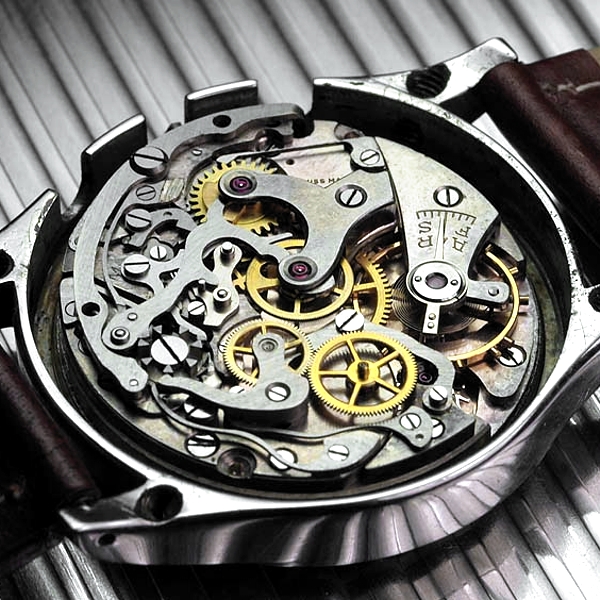KBFalkenberg (Talk | contribs) |
|||
| Line 10: | Line 10: | ||
<body class="container-fluid"> | <body class="container-fluid"> | ||
<div class="container"> | <div class="container"> | ||
| + | |||
| + | <div class="grid"> | ||
| + | <figure class="effect-sadie"> | ||
| + | <img src="img/2.jpg" alt="img02"> | ||
| + | <figcaption> | ||
| + | <h2>Holy <span>Sadie</span></h2> | ||
| + | <p>Sadie never took her eyes off me. <br>She had a dark soul.</p> | ||
| + | <a href="#">View more</a> | ||
| + | </figcaption> | ||
| + | </figure> | ||
| + | <figure class="effect-sadie"> | ||
| + | <img src="img/14.jpg" alt="img14"> | ||
| + | <figcaption> | ||
| + | <h2>Holy <span>Sadie</span></h2> | ||
| + | <p>Sadie never took her eyes off me. <br>She had a dark soul.</p> | ||
| + | <a href="#">View more</a> | ||
| + | </figcaption> | ||
| + | </figure> | ||
| + | </div> | ||
<div class="col-lg-6 col-md-6 col-sm-12 col-xs-12"> | <div class="col-lg-6 col-md-6 col-sm-12 col-xs-12"> | ||
Revision as of 11:11, 2 August 2016





